There has always been something romantic about exploring the countryside under your own steam, propelled by body power. Travel by bike has traditionally been limited to touring on road bikes with skinny tyres, drop handlebars and clunky pannier racks and bags, making it difficult to stray beyond the tarmac and away from the madding crowds.
Our bikepacking guide explains how to have an adventure on two wheels, with tips on how to get started, the best gear to take and the best routes for off-road cycling.
What is bikepacking?
Some of you may have noticed that there is now a new breed of backcountry explorer sharing Britain’s remote trails with you. Dressed in a strange mix of lycra and walking boots, they sit astride something that – thanks to the frame-shaped bags – could be mistaken for a motorbike. These unusual travellers are bike-packers. They roam the countryside employing a mix of mountain bikes and lightweight backpacking gear to ride further and stay longer than is possible on a regular ride or a day’s hiking.
Having backpacked, camped, bothied and B&B’d around the UK and parts of the Alps, I’ve always loved the freedom that walking trips bring. But like many of us, finding time for multi-day trips is never easy. Because of this, I began looking for a way to cover long distances in a fraction of the time, without going so fast that you miss the little things that make venturing into the wilderness special.
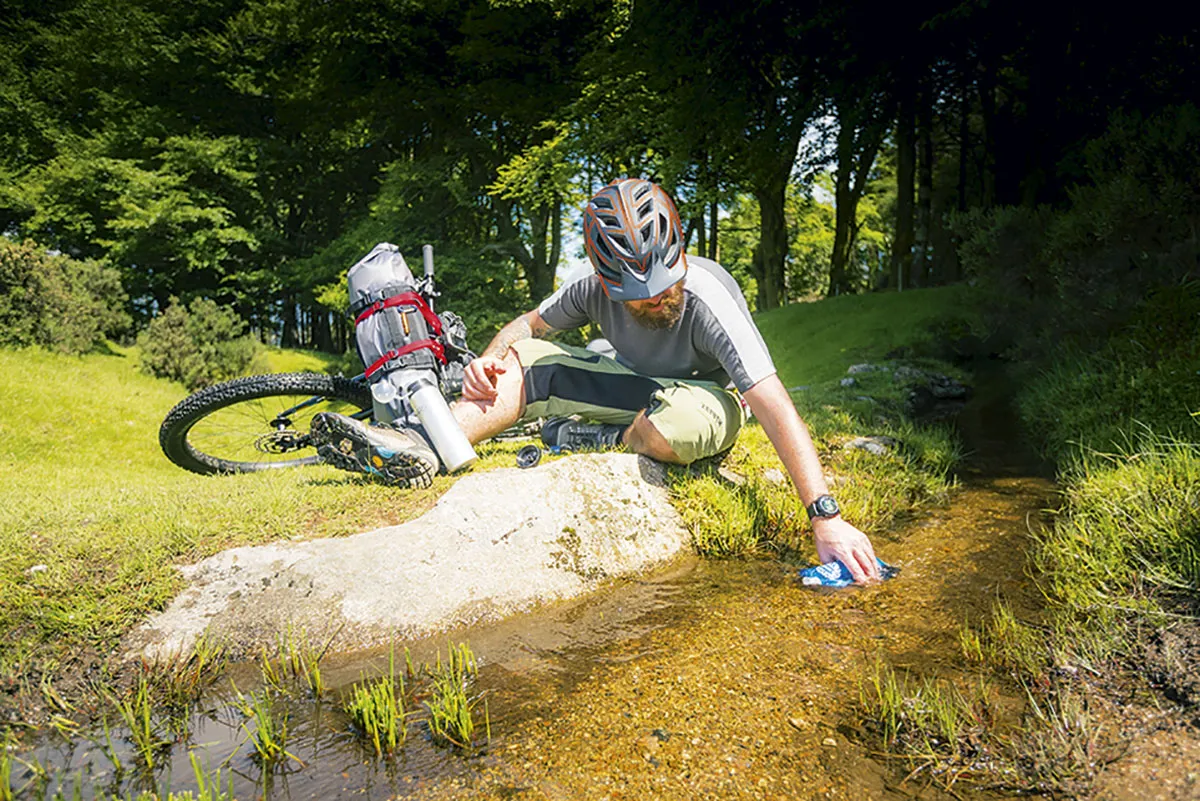
I’ve always found it difficult to have a bad day on a bike. Riding is fun, and that makes bike-packing special. Speeding down country lanes and bridleways is exhilarating and exciting. Whether picking your way carefully through rooty and rocky sections of trail, climbing slabs of slick rock or negotiating deeply rutted paths, you need to keep your wits about you. Keeping an eye on the terrain and the conditions requires more attention than when walking, and being competent on a bike is important, although biking is easy to pick up and your confidence will grow by the hour.
How far to ride
The principles of bikepacking and backpacking are essentially the same, but there are some big advantages to pedal-power. Most notable is the distance you can cover on two wheels. Depending on terrain, 60-100 miles a day is comfortably possible. By doing away with a backpack and adding the weight to your bike, you say goodbye to aches, pains and sweaty backs.
Bike-packing isn’t without its challenges – it is at the endurance end of the cycling spectrum. You should expect tired legs after a long day in the saddle. I’ve never struggled to get to sleep, no matter where that may be.
Wildlife encounters
A great side effect of travelling quicker than you would by foot is that it’s easy to take wildlife unawares. I’ve seen far more of our more elusive fauna than I ever have when walking. Even during the day, it is possible to spook foxes, badgers and deer who would generally have plenty of opportunity to take cover when hikers approach. Goshawks and buzzards eye me with suspicion but don’t take flight until the last minute, sometimes becoming trapped in the same tree-lined bridleway, trying hard to gain height with me hot on their tails.
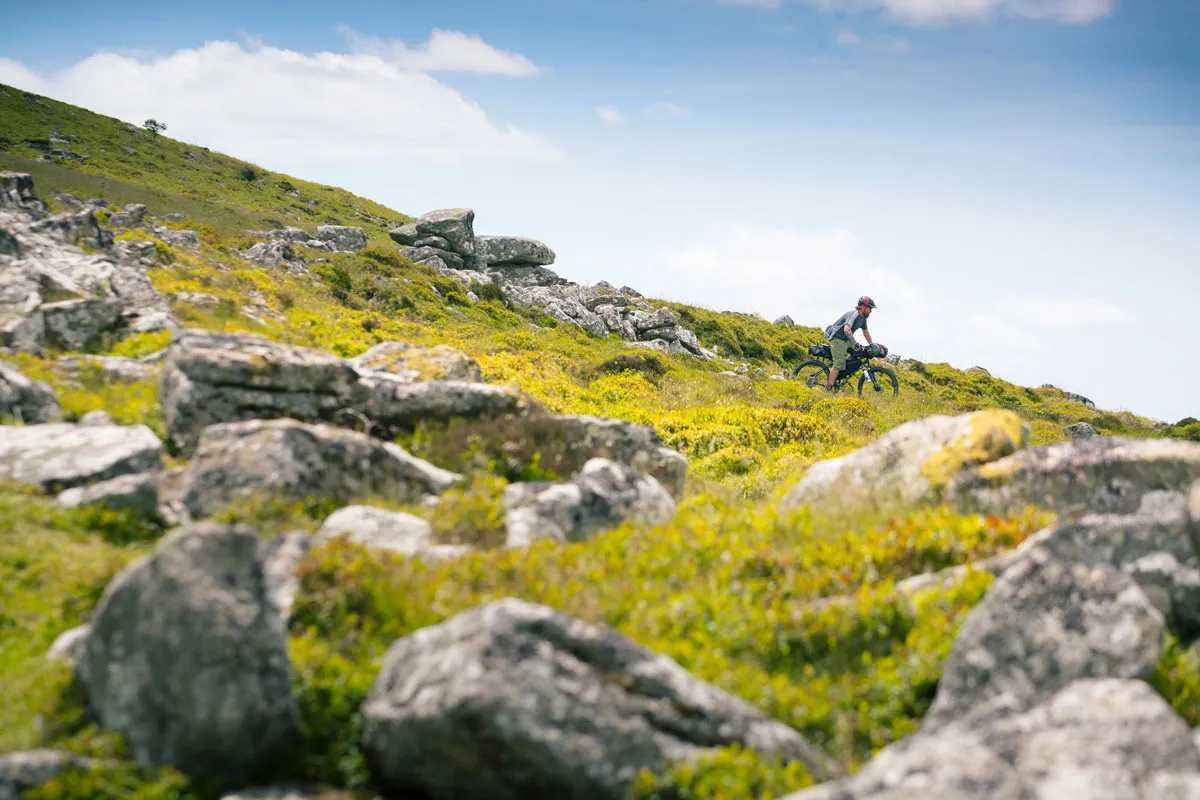
Gearing up
Born from riders carrying all their gear on ultra-bike races such as America’s 2,745 mile Tour Divide cycle race, efficient ways to transport gear have emerged and are finding mass-market appeal. Off-the-shelf bike-packing bags are readily available at a reasonable price.
Making the move from backpacking to bike-packing is incredibly simple. Thanks to years of backpacking, my gear cupboard is well stocked with lightweight camping kit. I have a couple of mountain bikes in the shed, so I just switched my backpack for a set of bike-packing frame bags. As with the bike, kit doesn’t need to break the bank. Lightweight camping gear is available from army surplus stores and tarps can be made yourself on a sewing machine.
Riding rules: trail etiquette
Trail etiquette is paramount. You should always stick to routes you are allowed to ride. When others are using the trail, giving fair warning of your approach along with a friendly smile goes a long way. It makes sharing our remote paths and trails a great experience for all. Bike-packing and hiking are closely linked, so a mutual respect of other trail-users comes naturally. As a walker and a rider, it is easy to all enjoy the same space in our slightly different ways.
The main thing about bike-packing is to make your adventure your own. There are no rules about what to pack and no one else decides how far you ride or which direction to travel. If you have a bike gathering dust at the back of a shed, it could open up a brand new way to enjoy our wild places.
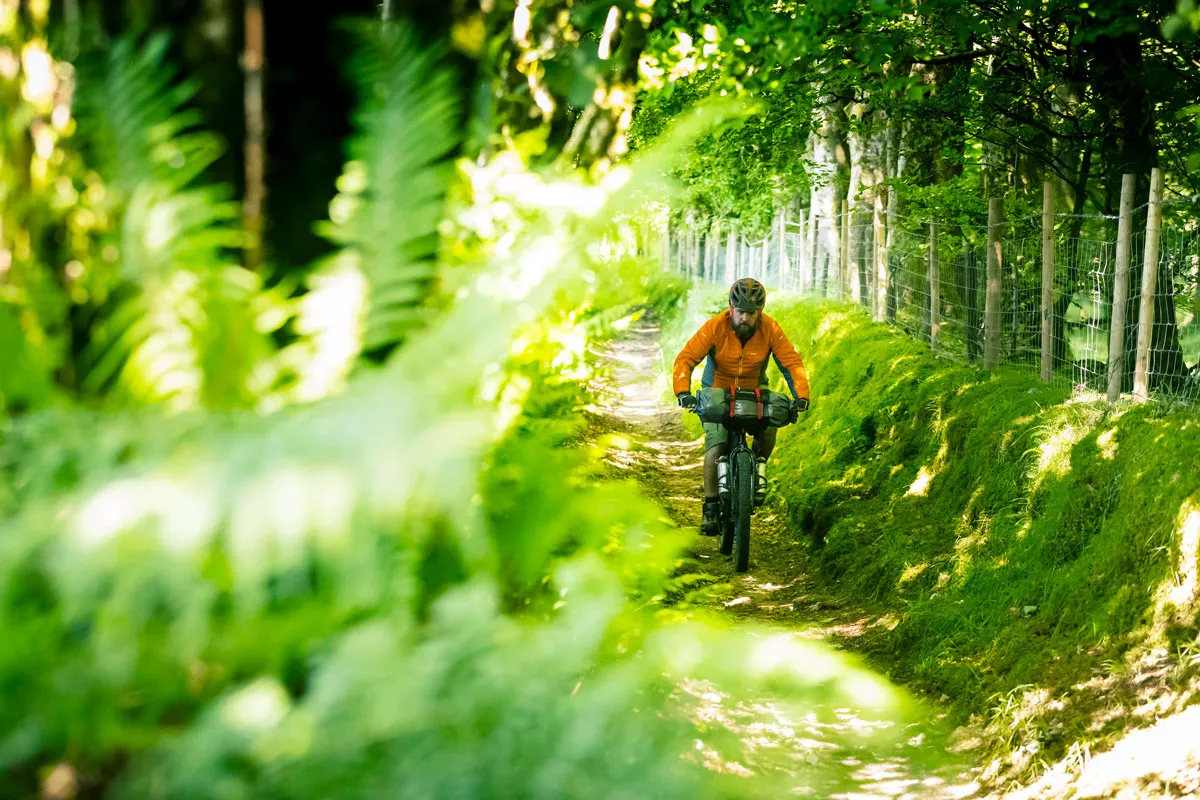
Best UK routes for off-road cycling
1
West Highland Way
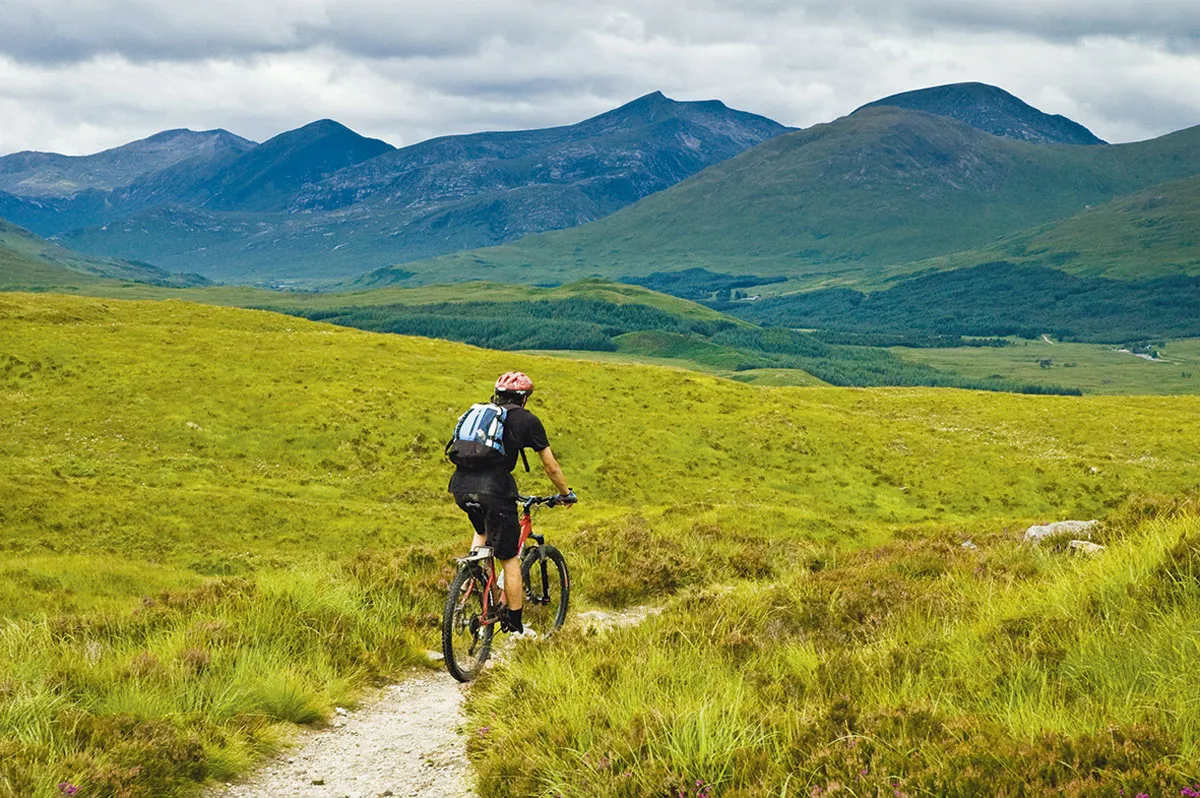
Scotland’s epic trail is perfect for bike-packing adventures. Incredible landscapes and options of wild camping or bothying make for a great multi-day ride.
2
West Country Way
Make your way from Minehead to Plymouth via Exmoor and Dartmoor with this great coast-to-coast route. The way is 240 miles, of which 70 are traffic-free.
3
Sarn Helen
Wales’ own coast-to-coast route of Sarn Helen is one of the UK’s most challenging multi-day routes, from Conwy to Worm’s Head on the Gower Peninsula. If the whole route is too daunting, you can tackle shorter segments.
4
The South Downs Way
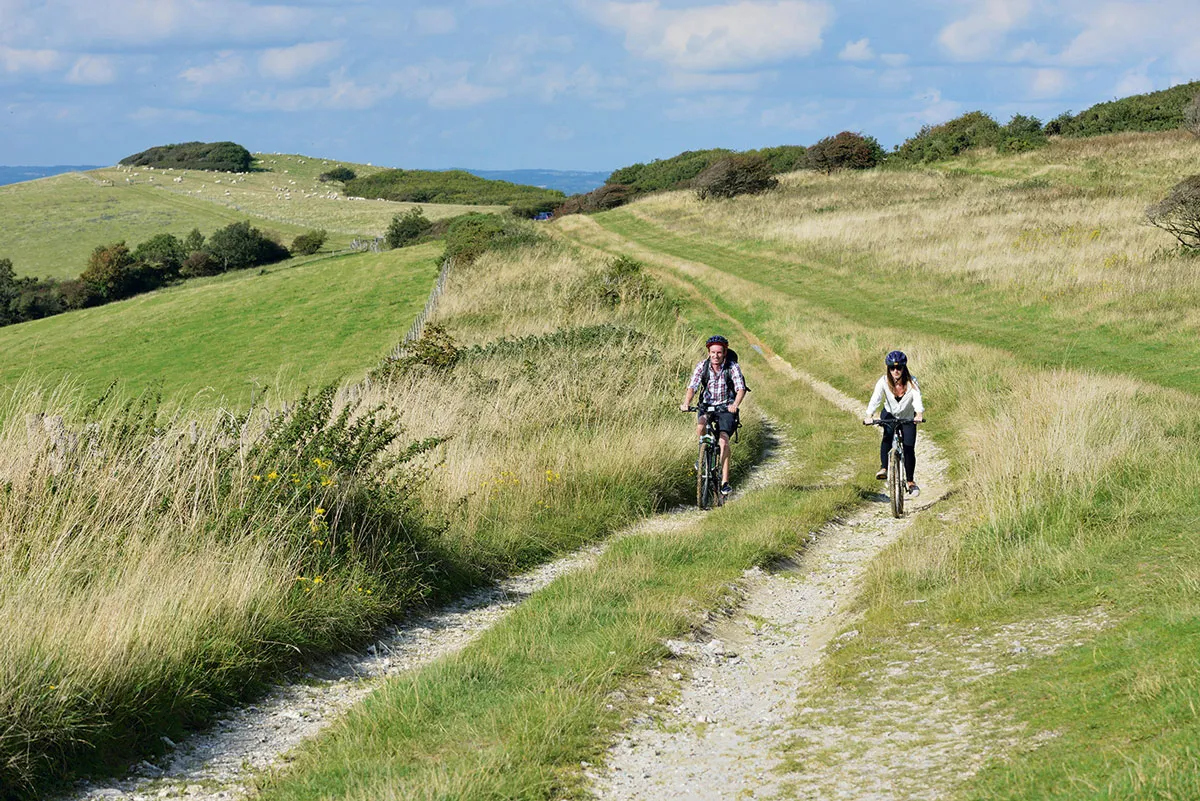
This classic route offers 160km of rideable national trail from Winchester to Eastbourne.
5
The Pennine Way
The Pennine Bridleway is completely rideable and promises great views through the Peak District and the Yorkshire Dales.
Essential bike-packing kit
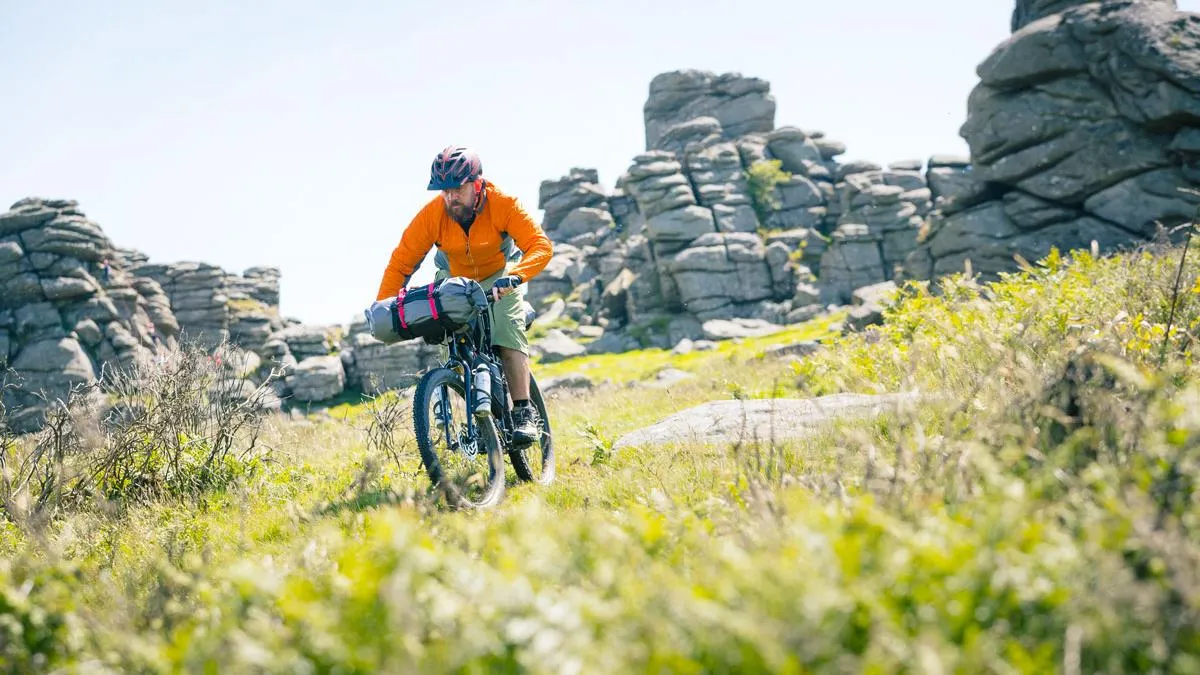
There is no such thing as a definitive list of must have kit for bikepacking adventures. Time of year, location and your comfort threshold will all dictate what you need to pack for each trip. Here are some of the key items I pack which should give a good foundation to what you will want to bring. Bear in mind that if you pack it you will be carrying it so prepare to be ruthless with your kit selections without ditching essential safety gear.
For a more comprehensive breakdown of bike-packing kit, see Matt's essential gear guide
Try before you buy
Alternatively, before investing in new kit, why not hire some gear to see what works for you?
Adventure Pedlars
Based in the Peak District, Adventure Pedlars offer bike and kit hire as well as courses and guided expeditions. adventurepedlars.com
Back Country
As well as bike and gear hire, Back Country offers the chance to give packrafting a chance, bikepacking with inflatable kayaks to give your adventure a nautical flavour. backcountry.scot
Pannier
From bags to stoves to tents, check out Pannier's website for all your kit hire needs for trips both large or small. pannier.cc